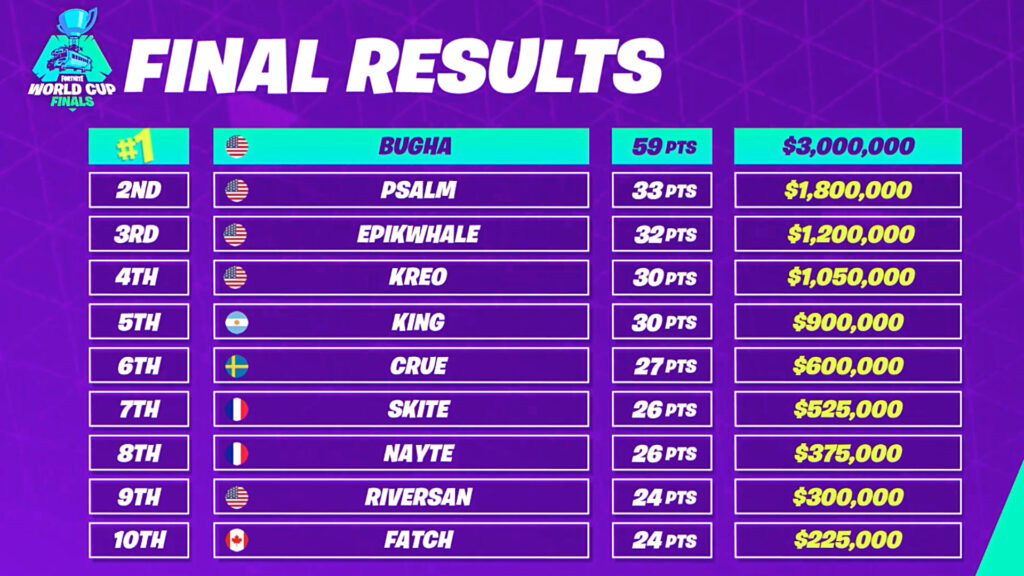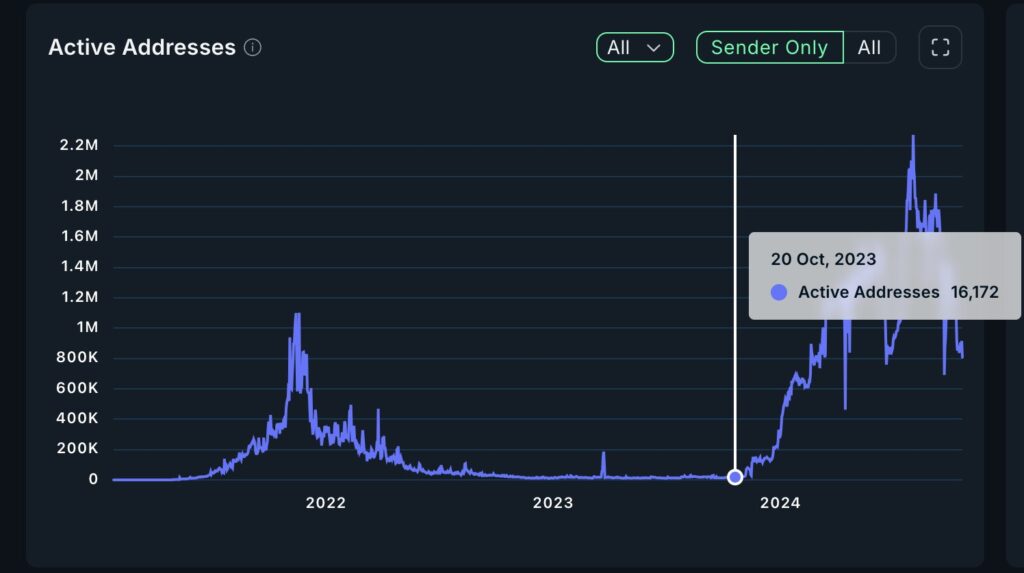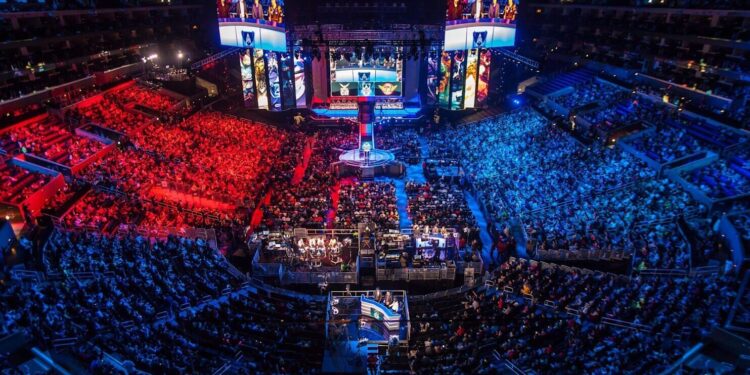Crypto gaming is rapidly changing the way players experience competition and rewards in the gaming world. With the industry growing at an unprecedented rate, more players are looking at new ways to engage with games that go beyond traditional reward systems. As of 2022, the gaming market was valued at $249.55 billion, with projections suggesting it could surpass $665.77 billion by 2030. Play-to-earn models powered by crypto technologies are emerging as a key component in this growth, offering new opportunities for player rewards and ownership.
The Importance of Competition and Rewards in Traditional Gaming
For many players, the core of gaming lies in the competitive element. Over time, this competitive spirit has been enhanced by reward systems that keep players engaged and coming back for more. In traditional games, rewards have evolved beyond simple leaderboards or trophies to include in-game currencies, cosmetic items, and, in some cases, cash prizes.
Take games like Fortnite, where players can earn cash, in-game currency, or cosmetic rewards by participating in tournaments. Similarly, Call of Duty’s mobile world championship features a prize pool of $1 million, alongside other in-game assets.
However, these rewards are typically confined to the game’s ecosystem. Most in-game assets hold little to no value outside the game, limiting their utility. Cash prizes remain the exception, but even in these cases, the rewards are disconnected from the broader digital economy.

Crypto Gaming: A New Frontier for Play-to-Earn Models
With the rise of crypto gaming, a new model is emerging that allows players to own and exchange the assets they earn. Unlike traditional games, where rewards are restricted to in-game use, crypto games introduce tokenized assets like NFTs, which allow for ownership and trade in decentralized marketplaces.
In this play-to-earn environment, players can use or sell the assets they earn, providing greater flexibility. For example, in games like Axie Infinity and Alien Worlds, players can trade their in-game rewards on NFT marketplaces for cryptocurrencies or other digital assets, extending the value of these rewards beyond the game itself.
Platforms like Funtico are among those developing this model. Funtico introduces an ecosystem where competitive tournaments, smooth gameplay, and enhanced rewards are central to the player experience. Their in-house game, Formula Funtico, has hosted tournaments with prize pools as high as 100,000 USDT, demonstrating the earning potential within the crypto gaming space.
The Evolution of Reward Models: Traditional Games vs. Play-to-Earn
Traditional gaming reward systems remain popular, but play-to-earn introduces a new level of ownership and control for players. In traditional games, rewards often remain locked within the game’s ecosystem, and players have limited ways to monetize or trade their achievements. In contrast, crypto gaming’s decentralized infrastructure provides an open market where players can trade their assets freely.
This shift is supported by NFT marketplaces like OpenSea, where gamers can buy, sell, or trade their in-game assets. OpenSea, which handles over $10.23 million in daily transactions, illustrates the growing integration of gaming with the broader crypto economy.

The Future of Crypto Gaming
The future of play-to-earn gaming looks promising as developers continue to innovate with new technologies. One area of potential growth is the concept of interoperability—the ability to transfer in-game rewards across different games or platforms. If this becomes widespread, players could carry their skills and achievements across multiple games, offering a new layer of engagement.
AI is also likely to influence the future of gaming. AI-driven personalization could enable tailored gaming experiences, adjusting rewards and challenges based on individual player preferences. This level of customization could make play-to-earn games even more engaging, as players would experience a constantly evolving environment designed to match their skills and interests.







